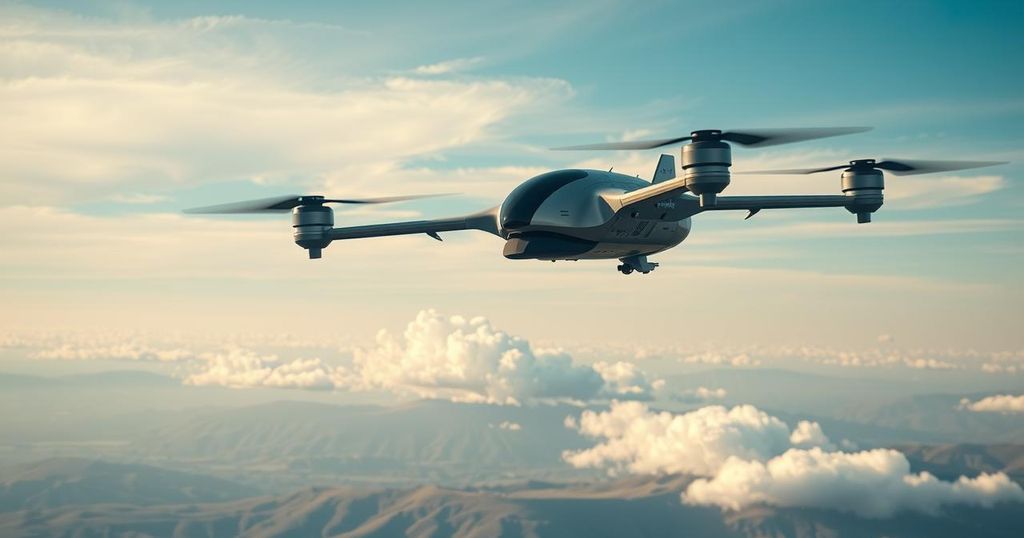Aalto HAPS executed a successful connectivity test of its Zephyr HAPS vehicle in Kenya, establishing a wireless link with a 4G mobile device, which included a telephone call to the U.K. The initiative, supported by partners Space Compass and NTT Docomo, marked a milestone for high-altitude communication. Investment in HAPS Japan aims to advance commercial services by 2026.
Aalto HAPS successfully completed a stratospheric connectivity test in Kenya for Space Compass and its partner NTT Docomo. Announced on March 3, this test connected a 4G mobile device to the Zephyr High Altitude Platform Station (HAPS). This achievement marks the first wireless communication via a fixed-wing HAPS operating over 60,000 feet, facilitating a telephone call from Kenya to the U.K.
The Zephyr was fitted with advanced connectivity payloads, enabling direct links with a 4G mobile device and a gateway station on the ground. Aalto undertook various tests to evaluate the connectivity system’s performance, including thorough measurements of throughput and signal quality. This demonstration was supported by an effective regulatory framework in Kenya that permitted both the launch and landing of the HAPS vehicle.
NTT Docomo, a prominent mobile operator in Japan, and Space Compass, a joint venture between NTT and SKY Perfect JSAT, are key stakeholders in the HAPS Japan consortium. This consortium has pledged a substantial investment of $100 million in Aalto for 2024. They, along with Airbus, are collaborating to develop a roadmap for commercial HAPS services intended for launch in Japan by 2026.
Shigehiro Hori, co-CEO of Space Compass, remarked, “HAPS will play a critical role in Japan’s communications ecosystem, addressing hard-to-reach areas and supporting responses to events such as natural disasters. Space Compass and NTT Docomo have long pioneered the connectivity potential of non-terrestrial networks. The demonstration of connectivity with Aalto’s Zephyr marks a strong start to 2025.”
In conclusion, the successful test flight of Aalto’s Zephyr marks a significant advancement in stratospheric connectivity, signaling the potential for enhanced communications in Japan. The collaboration with NTT Docomo and Space Compass promises to accelerate the development of commercial HAPS solutions aimed at supporting infrastructure in challenging environments, with anticipated service availability commencing in 2026.
In summary, Aalto’s successful test flight of the Zephyr HAPS in Kenya showcases innovative advancements in high-altitude connectivity. Through joint efforts with Space Compass and NTT Docomo, significant investments and strategic planning are set to facilitate upcoming commercial services in Japan, targeting areas with limited communication access. This development signifies a promising future for advanced communication solutions.
Original Source: www.satellitetoday.com




